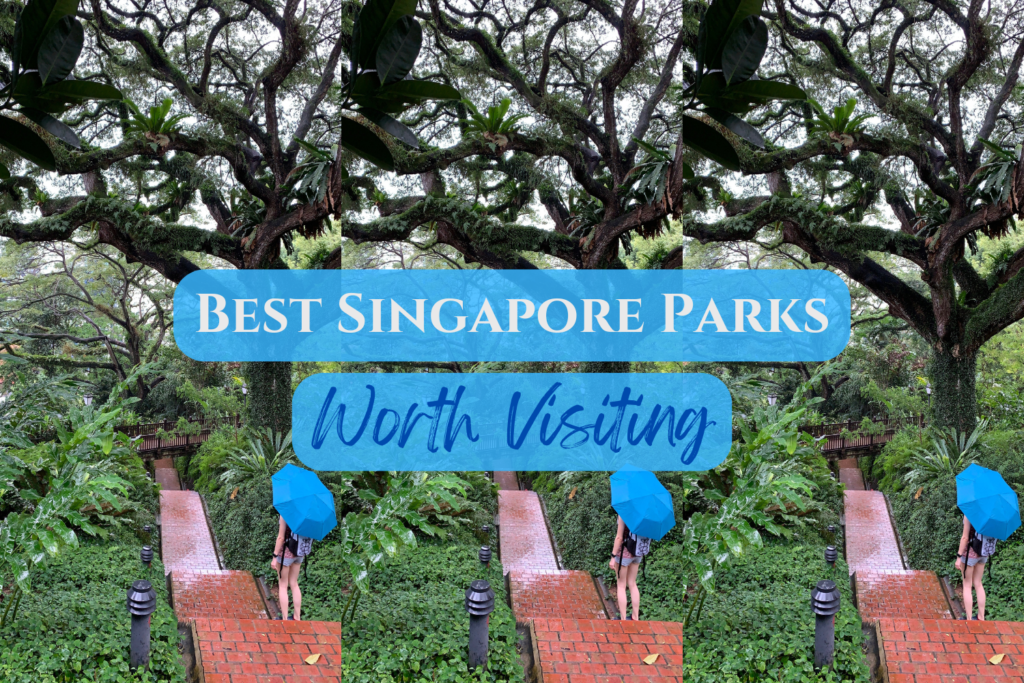The Singapore Botanic Gardens are Asia’s first and only tropical botanic gardens and UNESCO World Heritage Site! The best part is, that it’s totally free to visit. This includes its many indoor exhibits, galleries, and museums as well as playgrounds!
Even the Botanic Gardens MRT Stop (CC19/DT9) is lushly decorated in plants and greenery so much so that when you step off the MRT, you will notice the scent of the rainforest at the station. There are many gates to the gardens as well as many ways to get there.
The Singapore Botanic Gardens are home to dozens of gardens stretching across 82 hectares/200 acres featuring lakes, ponds, waterfalls, flowers, wildlife, unique aromas and plant life, great for all ages.
Feel free to use the table of contents:
Overview, Accessibility, and Maps
Outdoor Gardens & Indoor Exhibits
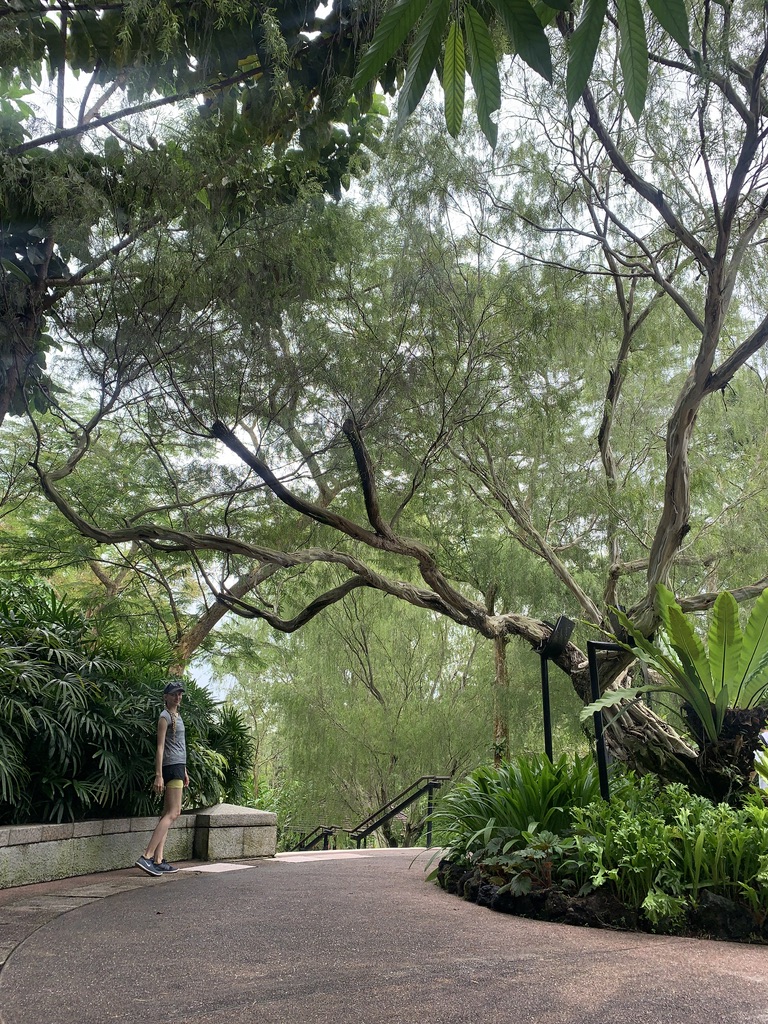
Accessibility & Maps of the Singapore Botanic Gardens
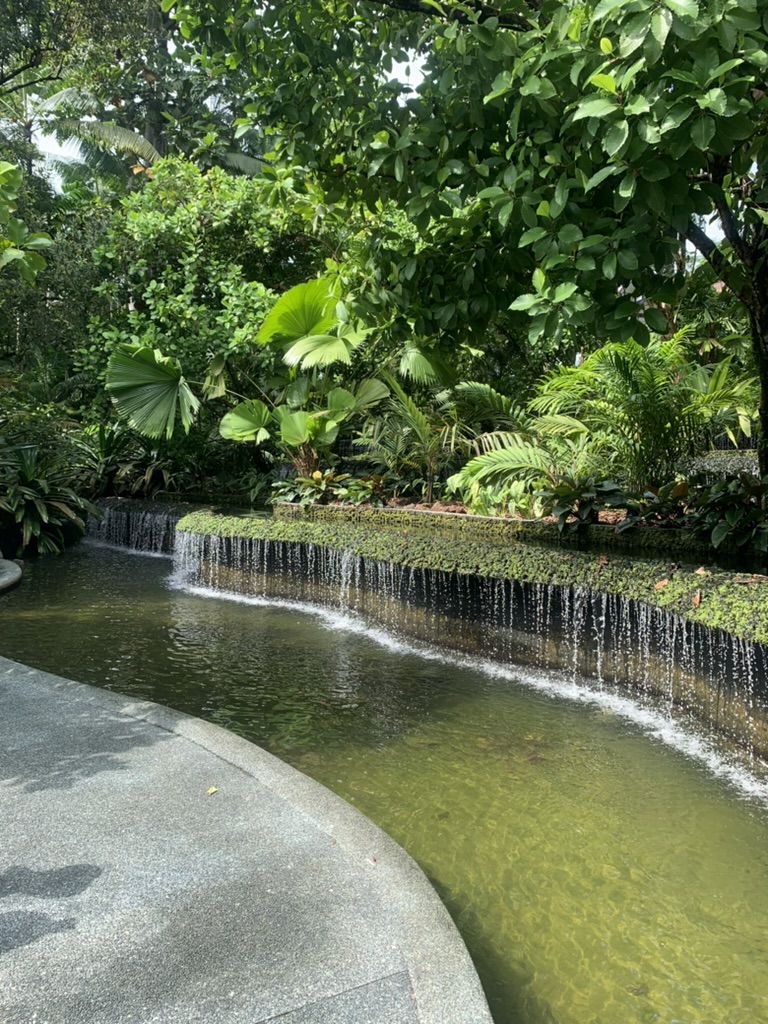
View the map of the entire park here.
For the National Botanic Garden Map, click here.
For the Centre of Ethnobotany, click here.
For the Jacob Ballas Children’s Garden, click here.
For the Rainforest, click here
For the Seed Bank, click here.
For the Ginger Garden, click here.
For the Learning Forest, click here.
For the Gallop Extension, click here.
Ticketing: The Singapore Botanic Gardens are totally free, including the several museums and galleries throughout the park; the only paid attraction is the National Orchid Garden which costs S$15 for everyone 12 and up, S$3 for seniors 60 and up, and S$3 for students who attend a local institute. Children 11 and under are free. These are the standard rates for visitors to Singapore.
*The best day of the week to visit is early on (non-public holidays) Fridays; this is a day where there are no scheduled closures for certain indoor exhibits and weekend crowds are not yet active. The park is massive so crowds generally spread out and only congregate in certain hot spots.
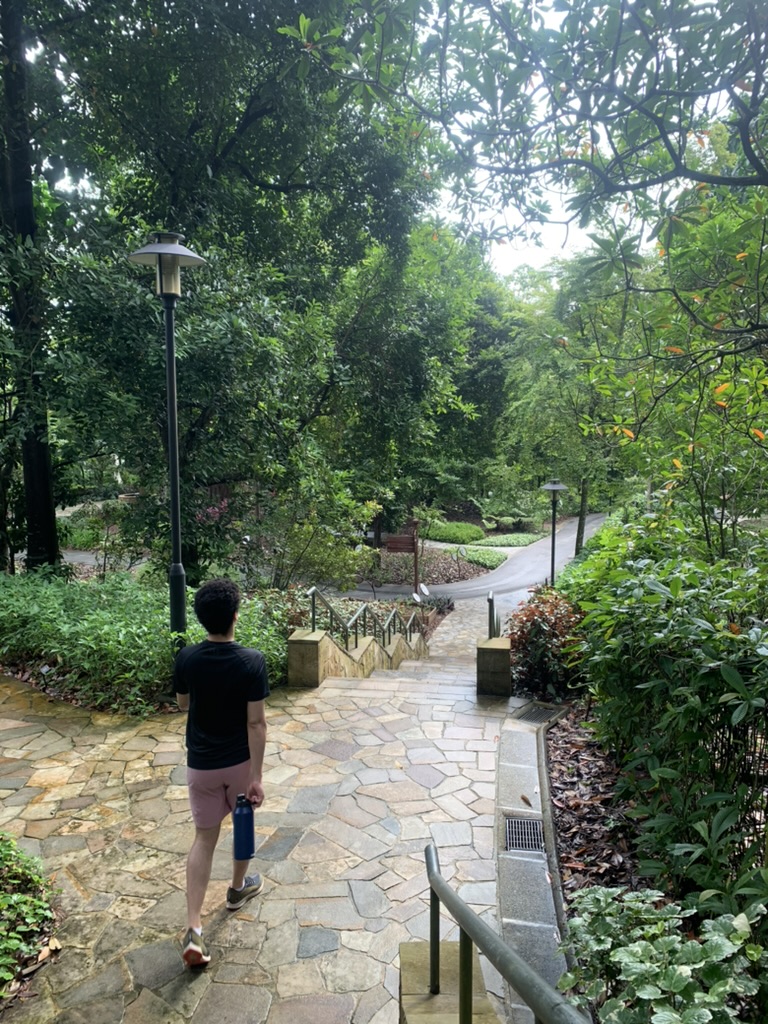
Accessibility: Overall, the majority paths of the Singapore Botanic Gardens are evenly paved, making it largely accessible for wheelchairs and strollers. However, there are certain parts of the park that have boardwalks, brick/stone paths, dirt trails, and stairs.
For instance, the Rainforest is a wooden boardwalk with steps. Additionally, the many small gardens near the visitor centre/Nassim Gate are on a slope with many narrow pathways. The Bambusetum is largely accessibly only via stairs. The National Orchid Garden has some steps but it is majority paved trails and ramps for inside and outside exhibits.
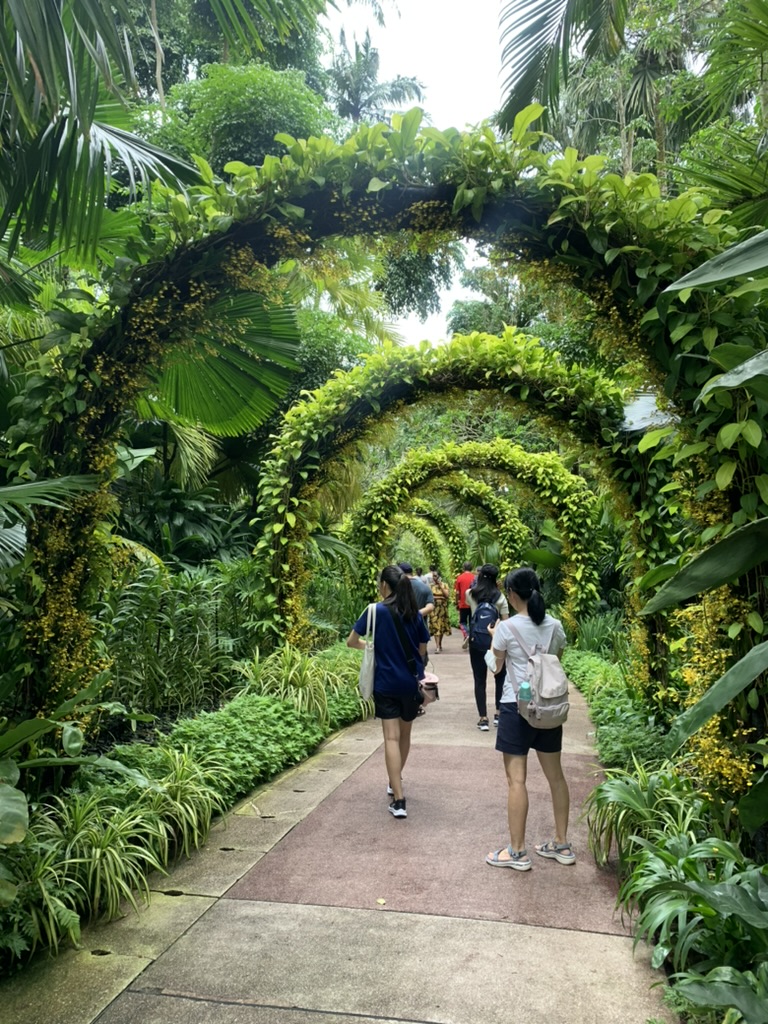
Google maps has done a good job marking staircases throughout the Singapore Botanic Gardens. You will be able to navigate the gardens with ease to include public bathroom facilities. Here are some more details on the indoor exhibits:
- The Botanical Art Gallery has ramp accessibility but also a second floor.
- The Forest Discovery Centre features most exhibits on its raised second floor which is accessible via ramp. The exterior outdoor floor is also accessible.
- The SBG Heritage Museum is a one floor exhibit accessible via ramp.
- The CDL Green Gallery is also one floor exhibit accessible via ramp.
- The Centre of Ethnobotany can be accessed by circling around the car park to the covered entryway but does have a second floor.
- The Seed Bank can also be accessed by following the small paved trail to the front of the building, There is a second floor with a lift. Learn more about the Seed Bank here.
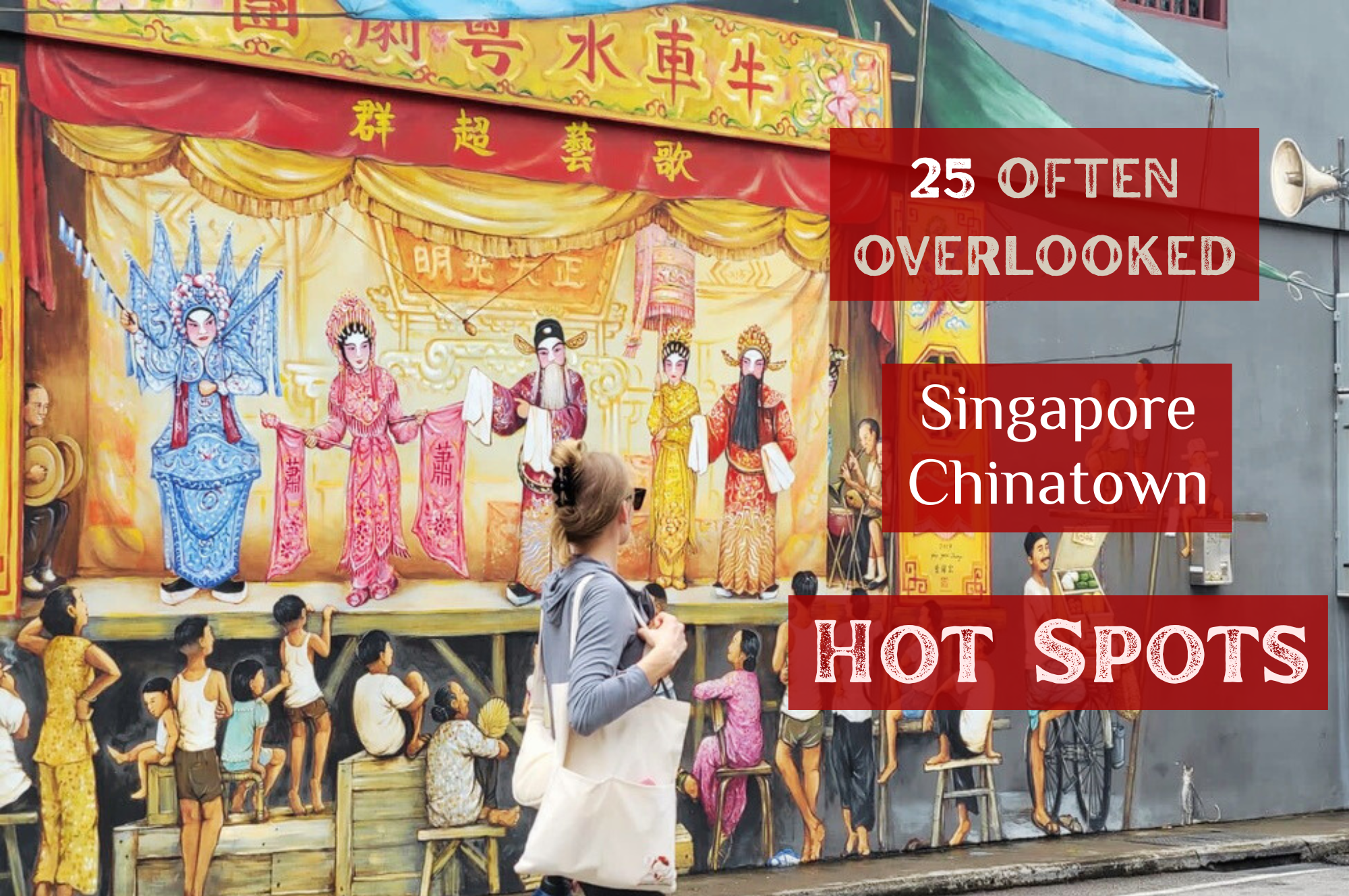
Hours & Duration
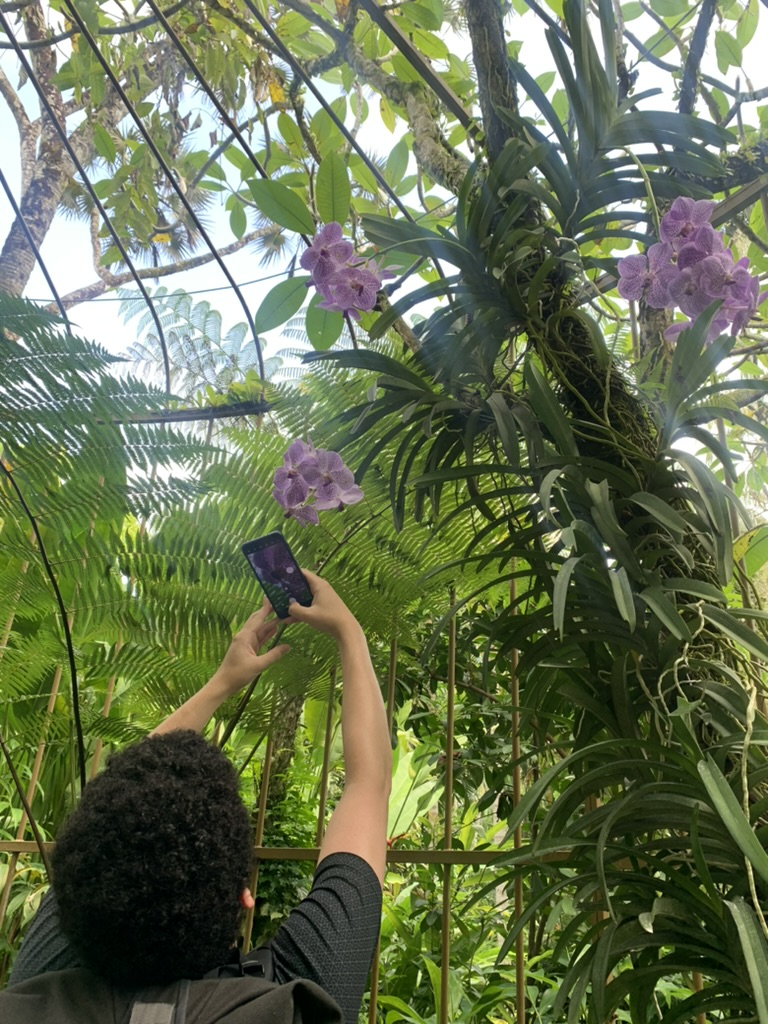
Duration: Half-Full Day (Depending on attractions visited) ~ The National Orchard Gallery can be viewed in about 2 hours.

Hours of all attractions:
The National Orchid Garden: Open daily 8:30am-7pm (last admission at 6pm)
Forest Discovery Centre: Open daily 9am-6pm, last entry at 5:30pm: Closed every last Monday of the Month
Botanical Art Gallery: Open daily 9am-6pm, last entry at 5:30pm: Closed every last Thursday of the Month
SBG Heritage Museum: Open daily 9am-6pm: SBG closed every last Monday of the month
CDL Green Gallery: Open daily 9am-6pm; CDL closed every last Tuesday of the month
Centre of Ethnobotany: Open daily 9am-6pm! Closed on the last Wednesday of the month
The Seed Bank: Open daily 9am-6pm!
* Many outdoor gardens are open only 7am-7pm
The Library of Botany & Horticulture is temporarily closed until 2027.
Visitor information and hours for all attractions, click here.
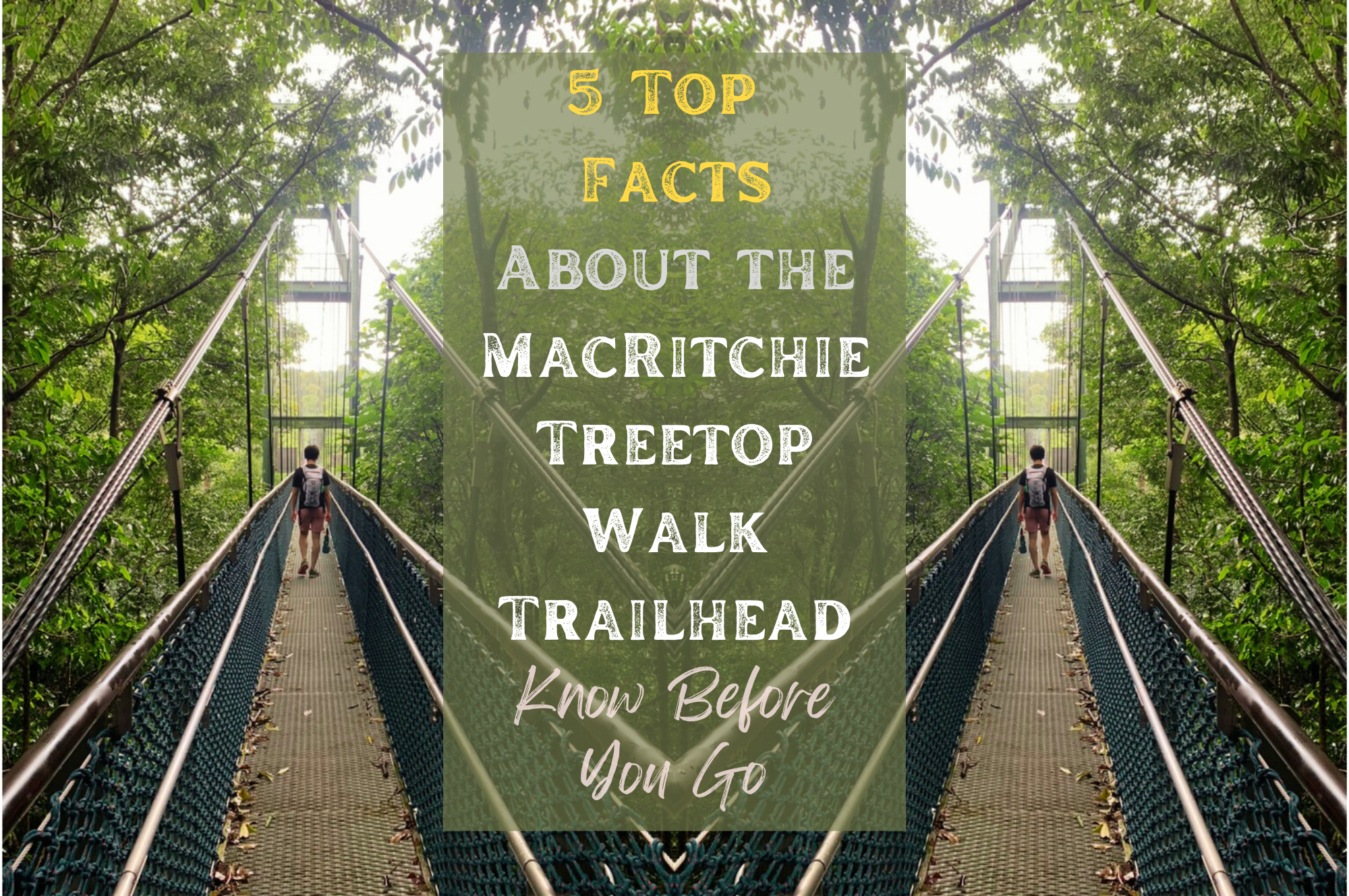
Singapore Botanic Gardens Do’s & Dont’s
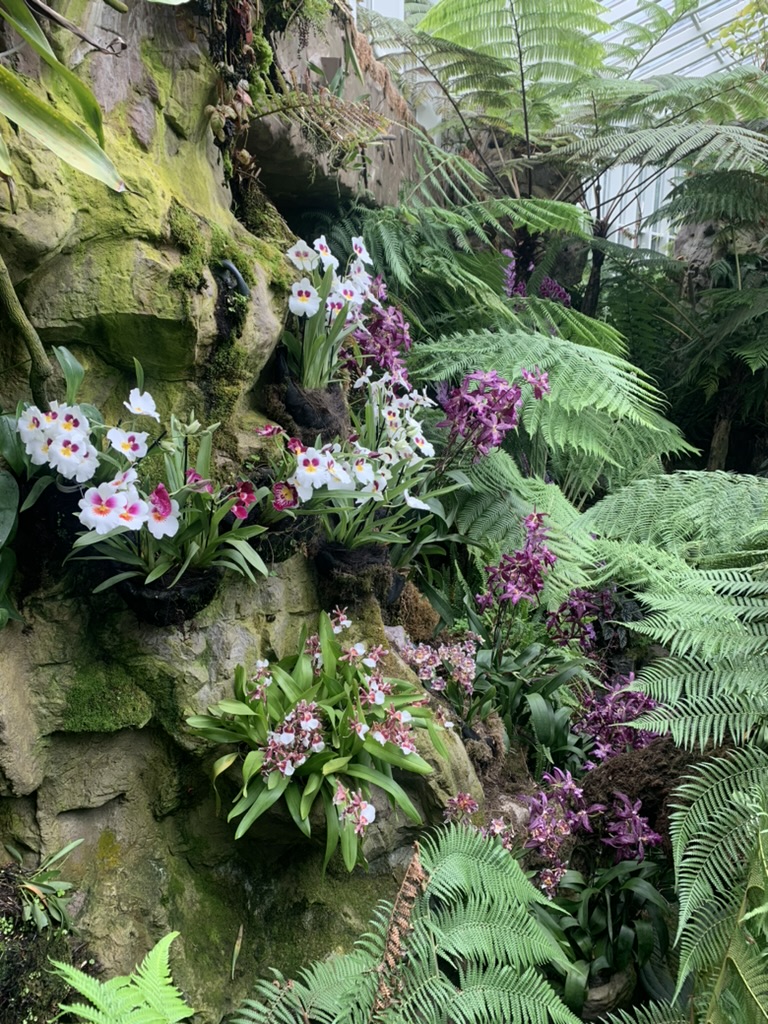
The Singapore Botanic Gardens are full of hidden gems and other stunning sites! Do the following to enjoy your experience to the fullest:
- Enjoy a meal at a restaurant or have a picnic
- Use & reapply your sun protection
- Be prepared for rainy weather with waterproof socks/shoes and an umbrella
- Do check the official website for closures & updates
- Do plan a flexible route and list of must see highlights
- Do bring a book, kindle/tablet, or a card game for when you take breaks
- Do stay hydrated
- Do take your time and take plenty of photos
- Do wear something comfortable to walk & sweat in
- Do venture into the free museums & galleries
- Do venture off the beaten path to explore less crowded parts of the park
- Do take a moment to read signage and learn as you go
- Do keep your dog on a leash
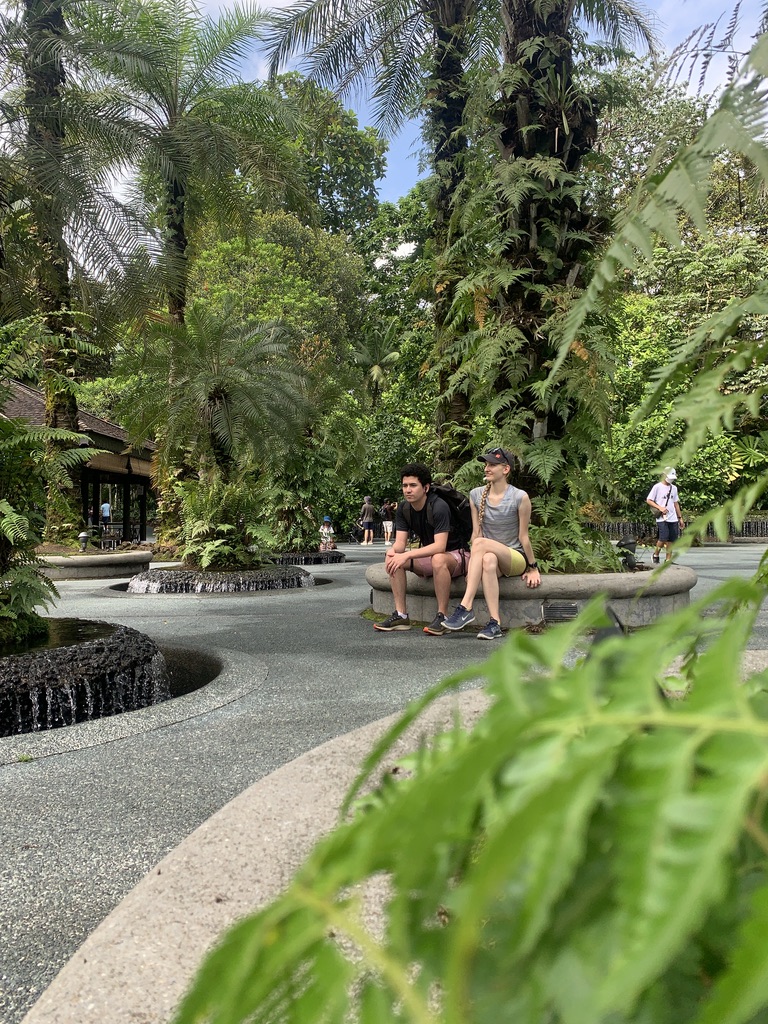
Due to its conservatory and UNESCO status, there are rules you must follow when you visit the Singapore Botanic Gardens. This includes:
- No feeding wildlife from birds, turtles, fish and so on
- Do not fish in any bodies of water
- Do not release any animals at the park
- Do not catch insects, arachnids, and other wildlife
- No smoking on site (remember, e-cigs/vapes are illegal in Singapore)
- Don’t use certain areas exclusively for your private outings – aka, just share
- No ball games, frisbee, flying kites, or other sports besides jogging, stretching, yoga, and so on
- Do not skate, rollerblade/roller skate, cycle, or bring a scooter
- Do not sell services/merchandise, no hawking/selling of food/drink or other articles
- Do not obstruct paths using tents or other furniture
- Clean up after yourself and your pets; please do not spit on the ground, remember you are in a well-maintained garden
- Do not fly a drone or other model aircraft
- Do not start a campfire
- Do not pluck plants, pick flowers, or forage for fruit, vegetables, leaves, herbs, nor seeds
- Do not camp or attempt to spend the night
- Do not drive a motorized vehicle in the park
- Please be considerate and don’t play loud music
Pet Policy: Pets are allowed at the Singapore Botanic Gardens, but there are certain areas that they cannot enter. There are also certain dog breeds that must be muzzled at all times. Please clean up after your pet and make sure they remain on the leash at all times. For all details, click here.

What to Wear, Pack, and Bring

Singapore is hot and humid but no stranger to rain. So make sure you are prepared for your day out at the Singapore Botanic Gardens, be sure to consider bringing all, or some, of the following items with you.
- Water + Water bottle
- Sunscreen
- Sunglasses
- Hat
- Parasol or Umbrella
- Lip Balm
- Hand Cream
- Tissues/Napkins
- Hand Sanitizer
- Comfortable Shoes/Socks (ideally waterproof)
- Loose fitting, quick dry athletic clothing
- Bug Repellent Spray, Bracelets, or Stickers
- Wallet: Cash, Cards, MRT Card(s), Hotel Room Keys
- Camera + Related Camera Equipment
- Binoculars
- Phone, Charging Cable, Power Bank
- International Wifi Pod or Active Sim Card
- Earbuds/Earphones
- Snacks
- Period Products
- Hair Ties/Clips
- Swim Wear for Kids (if visiting Jacob Ballas)
- Small Towels
- Baby Related Products

Outdoor Gardens & Indoor Exhibits
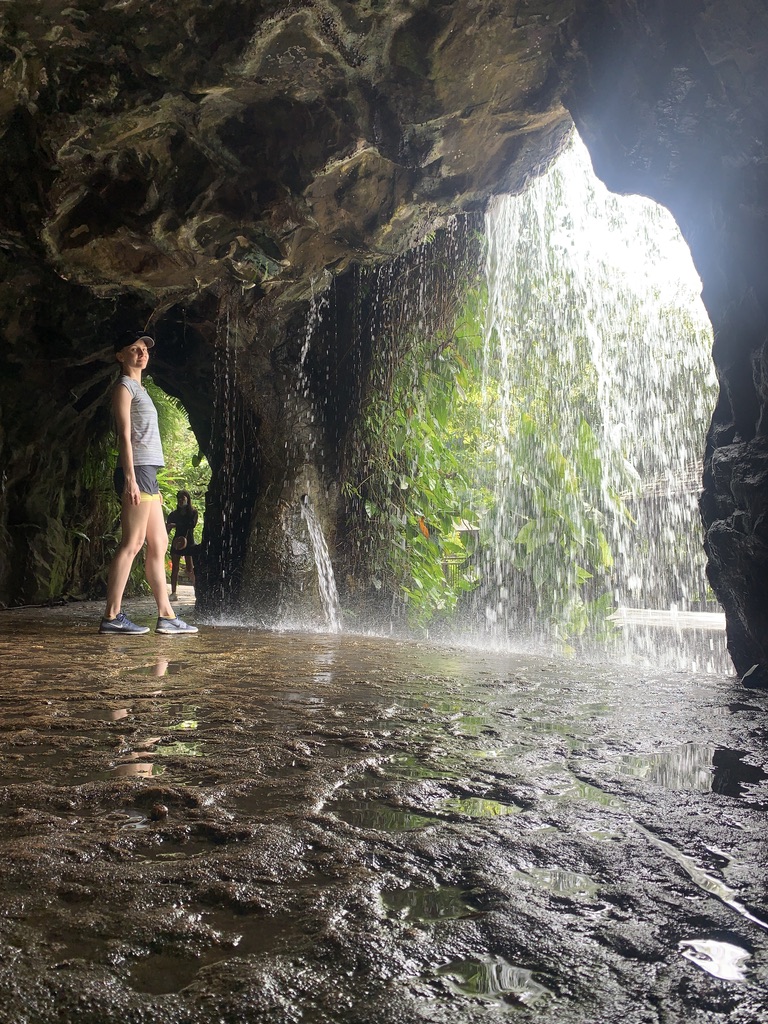
The Eco Lake as well as the Trellis Garden are located in the northern end of the Singapore Botanic Gardens. This spot is great for spotting turtles, ducks, and other bird species. You will also find nut trees here, and perhaps you’ll also spot some otters!
Moving a bit further into the park, you’ll see some lush bamboo trees known as the Bamboo Collection which will also lead you to the Bougainvilleas, which are bright purple flower bushes. The Foliage Garden is also nearby, featuring a boardwalk flanked by uniquely shaped and textured plants like ferns as well as flowers.
The Ethnobotany Garden is home to plants native to the Malay Archipelago. View map of the garden as well as the Centre of Ethnobotany here. The Jacob Ballas Children’s Garden is also up the path from here, more details on this hidden gem in the Kid’s Activity section.
View this post on Instagram
The Seed Bank features exhibits detailing the importance of a seed bank for conservation, which you can also visit! Further south lies the Fragrant Garden for the best aromatherapy experience, especially in the evening. The nearby Healing Garden has a dedicated section for each organ system of the human body and houses over 400 medicinal plants.
The Evolution Garden features plants from the distant past, like the ferns reminiscent of movies like Jurassic Park. In the centre of the Singapore Botanic Gardens is the Visitor Centre, featuring stunningly man-made ponds, waterfalls, and a gift shop. There are also a number of large trees that boast a beautiful canopy.
The Rainforest takes you back into the wilderness of Singapore pre-colonialism where some trees are over 200 years old. It is much cooler and sun protected then the rest of the Botanic Gardens. It’s open daily 7am-7pm; view map of the Rainforest here. Palm Valley & Symphony Lake are but next. These two are the large grassy clearing near the lake that is also home to the Shaw Foundation Symphony Stage.
View this post on Instagram
The National Orchid Garden is the only paid attraction at the Botanic Gardens, open daily 8:30am-7pm (last admission at 6pm). This garden is certainly worth a visit featuring fountains, greenhouses, natural plant arches, and no shortage of orchids. The attention to detail in this garden is certainly breathtaking. Though this garden is mostly outdoors, there are cooler greenhouses and a gift shop. View map and exhibits here.
Around the corner from the National Orchid Garden is the ever so quaint and fragrant Ginger Garden, also home to a walk-through waterfall tunnel, and you guessed it, a dozen of types of ginger types. The map of the Ginger Garden can be found here. The nearby Keppel Discovery Wetlands features a boardwalk along the water, home to Pulai Marsh, the Orchid Islands, and Botanists’ Boardwalk.
This corner of the Singapore Botanic Garden is also home to the Learning Forest, which contains many smaller gardens (Durian Theory, Bark of Trees, Products of the Forest, and Wild Fruit Trees). View a map of the Learning Forest here.
The Bambusetum, a stone walkway flanked by 30 species of bamboo, which is temporarily closed as of April 2025. There is also the SPH Walk of Giants, an elevated boardwalk features canopy webs that lets you get up close to the tree tops of the forest.
View this post on Instagram
Now onto the Gallop Extension, which can be accessed via the HPL Canopy Link or Woollerton Gate is not officially part of the UNESCO World Heritage Site, yet still has a lot to offer; a map can be found here. Mingxin Rambler’s Ridge are rocky hiking trails (stairs) that feature endangered species of plant life.
The OCBC Arboretum features the Forest Discovery Centre, also known as the Atbara; an old colonial house refurbished into “first-of-its-kind high-tech arboretum in Southeast Asia”. Inaugurated in 2019, it contains rare dipterocarps as well as displays that highlight the importance of conservation efforts, not to mention lots of photographs and videos of Singapore’s plant life.
The COMO Adventure Grove is a playground that features slides, a climbing gym, sandpits, trails, and a large climbable durian; more details on that below. There is another colonial building in the Gallop Extension called the Botanical Art Gallery (aka the Inverturret Building). It’s Singapore’s first permanent display of natural art, home to over 2,000 paintings along with hundreds of sketches. These early sketches and paintings were not just masterpieces, but a real way to document the plant biodiversity in Singapore.
View this post on Instagram
Lastly, the southern end of the Singapore Botanic Garden are the many small gardens near Tanglin Gate, to include the second visitor centre (Tanglin Gate Visitor Centre). This part of the park entry is home to the Heritage Trees. These tall majesties have been growing here since around 2001 and will mature into even larger beauties. There are nearly 60 species. You will also find the Marsh Garden nearby for a nice walk along the water.
The SBG Heritage Museum details the history since the Singapore Botanic Garden’s founding in 1859, detailing old but still used Orchid gardening techniques and so much more. The CDL Green Gallery has only been open since 2013 and is an eco-friendly building that serves as an extension to the SBG Heritage Museum. The exhibits change every six months or so, with focus on sustainability. It only took 24 hours to build!
View this post on Instagram
Heading further north lies the Swan Lake, home to real life White Mute Swans from Amsterdam. There is the famous Bandstand as well, a gazebo painters, performers, newlyweds, graduates, and a great spot for photos overall. The Sun Garden features an array of succulents while the nearby floral garden is home to Singapore’s national flower, Papilionanthe Miss Joaquim (FKA Vanda Miss Joaquim), a type of orchid.
Finally, the Frangipani Collection are trees with intertwined branches that also features Giant Tiger Orchids. Just east of these trees, you will find a curtain of roots archway and the Prisoner-of-War Brick Steps, also adorned by a lush archway. Down the steps is the Plant House that features a courtyard of a lily pad pond surrounded by covered walkways, another popular spot for photos, similar to the nearby Sundial Garden. There is also a bonsai tree collection nearby.
Please note that the Library of Botany & Horticulture is temporarily closed until 2027.
Visitor information and hours for all attractions, click here.
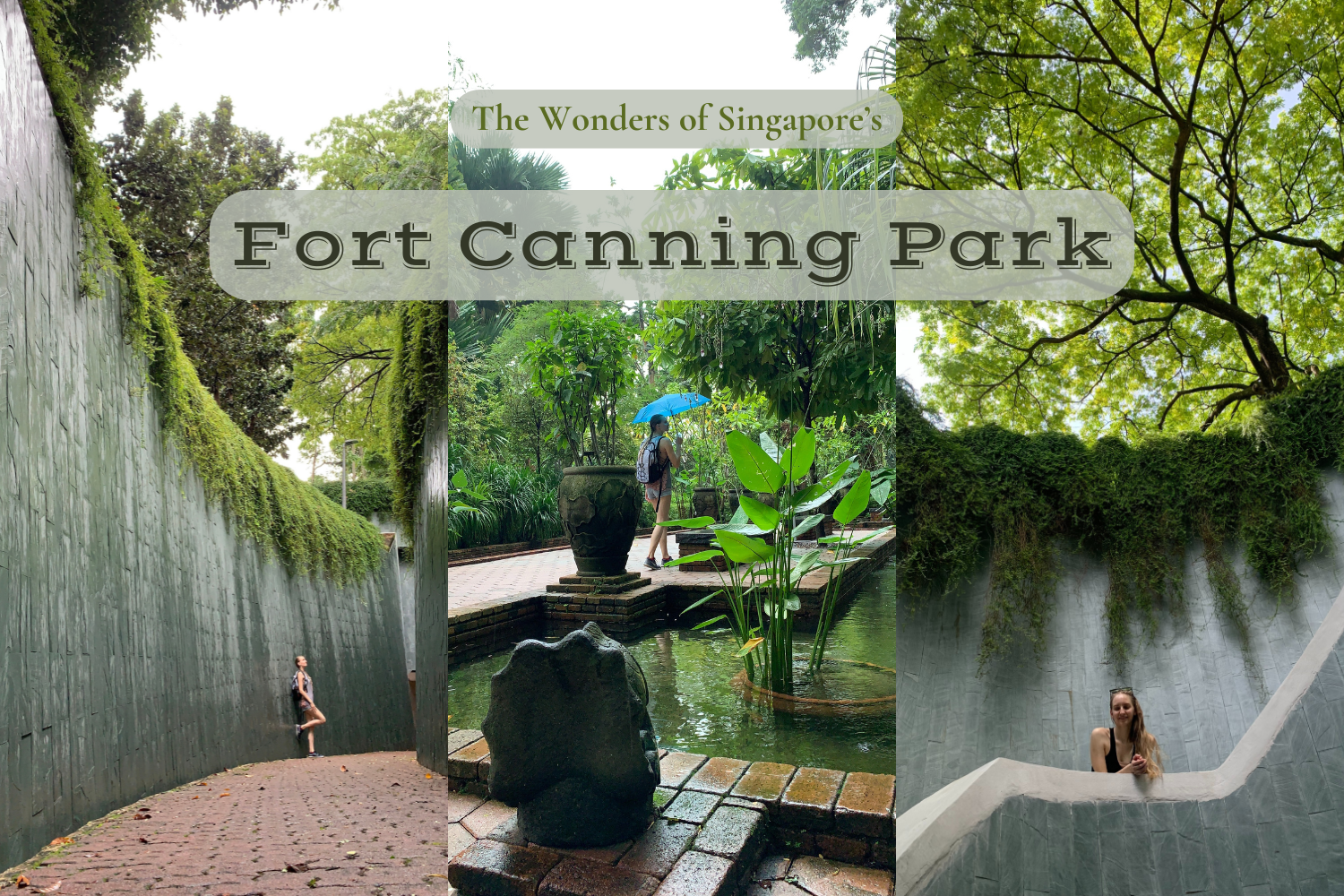
Specialty Events
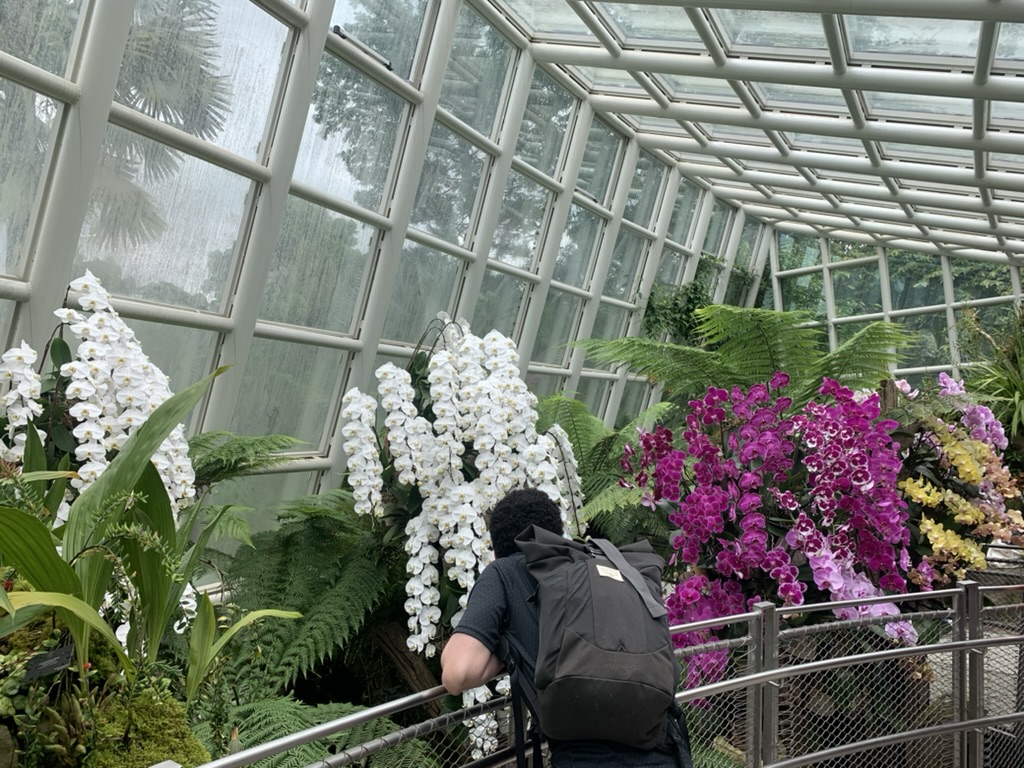
Take a free tour on *most Saturdays, starting between 9am-4pm. Registration for these free tours are done 15 minutes before tour start times at designated locations. Tours cap at a 15 pax maximum. These tours are offered in different portions of the park. Please view details & schedule/virtual tours here. Any changes/cancellation details will also be listed there. Please keep this in mind in terms of the crazy Singapore weather.
You can also opt to go on a self-guided scavenger hunt around the Singapore Botanic Gardens to find all 41 sculptures which are listed here. There is one really neat one in particular called the Swiss Granite Fountain, but the Stone Murals & Flight of Swans also stood out to me. The SBG has also provided a sculpture trail here.
Seasonal Events: The Singapore Botanic Gardens host events year round such as annual Garden Festival in August. You can view the calendar of events here. You can also see additional details about Mother’s Day events, concerts, painting activities, and so on!
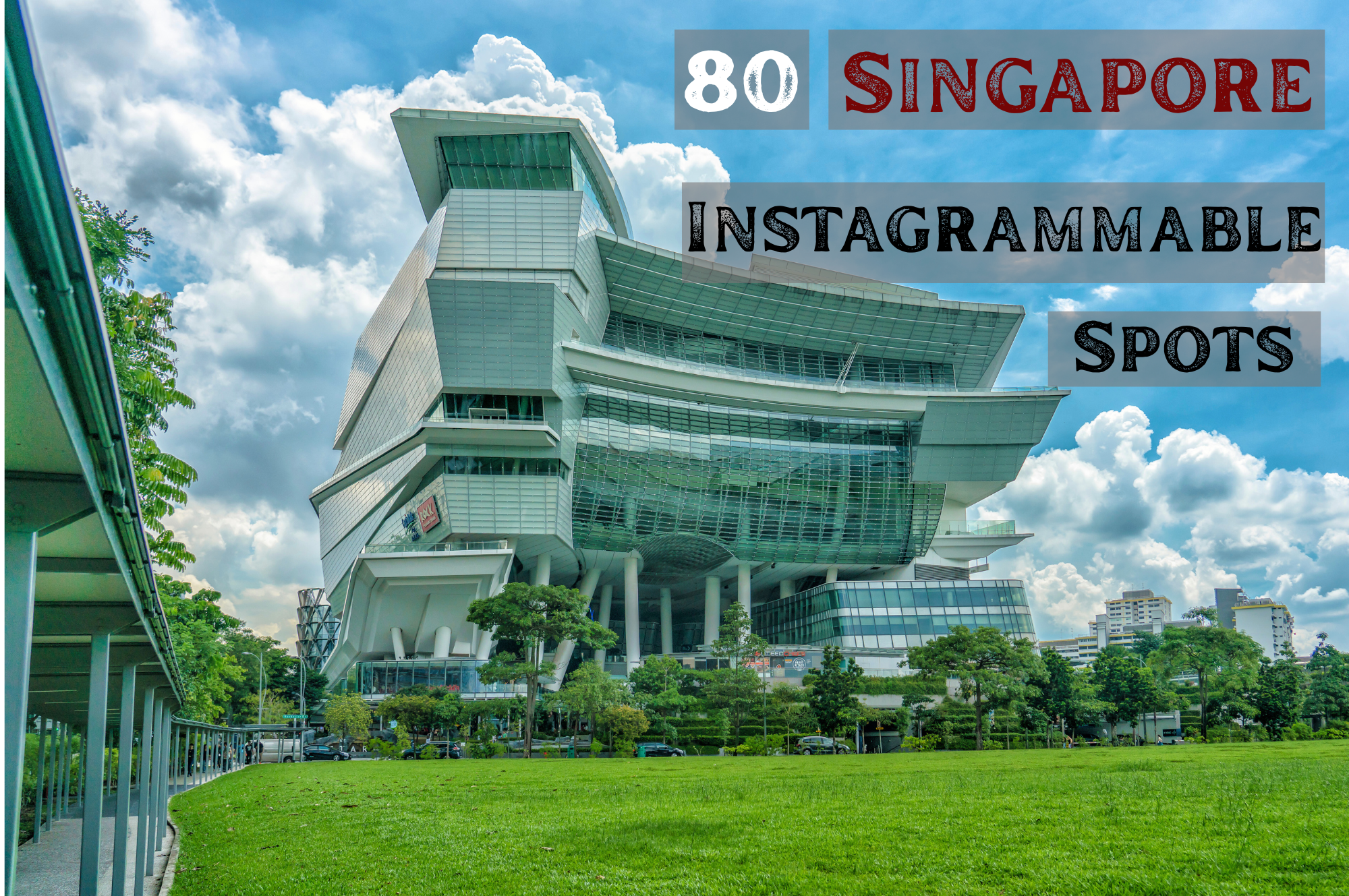
Kid’s Activities
View this post on Instagram
The Jacob Ballas Children’s Garden is the highlight for families and their kids. Please note that this is only accessible if you have children with you that are under 15 years of age. It’s open Tuesday-Sunday 8am-7pm and closed on Mondays. View a map here. The free garden features a splash pad, a playground, a hedge maze, a fruit and vegetable garden, a place for parties, a sensory garden, a tree house, a pond, a waterfall, a cave, and much more!
The Learning Forest is a series of raised boardwalks that feature climbing nets, located west of the Swan Lake.
The COMO Adventure Grove is a large playground with slides, a sandpit, obstacle courses, as well as a large climbable durian-shaped play area. It is located in the Gallop Extension.
There is also an Ethnobotany Activity for kids, which allows children to fill out an activity sheet with information contained at the Ethnobotany Gardens and inside the Centre for Ethnobotany!
Attractions: Gate by Gate

Here is a breakdown of all small gardens and attractions divided by gate of entry:
Bukit Timah Entrance, Melati Gate, and Cluny Park Gate (North) by CC19/DT9 MRT Station/Car Garage (419 Bukit Timah Road)
- Eco-Garden and Eco-Lake – great for bird watching
- Trellis Garden
- Bougainvilleas and Bamboo Collection
- Foliage Garden – uniquely shaped and textured plants
- Nut Trees
- Ethnobotany Garden – plants native to the Malay Archipelago.
- Jacob Ballas Children’s Garden (entry only for families and their children under 15). Open daily 8am-7pm, closed on Mondays.
View this post on Instagram
Nassim Gate (East)
- Visitor Centre – Featuring stunningly man-made ponds and waterfalls, oh yeah, and a gift shop. There are also a number of large trees that boast a beautiful canopy.
- Healing Garden – Each organ system of the human body has its own dedicated portion of the garden.
- Fragrant Garden – This aromatherapy experience is best in the evenings.
- Evolution Garden – The evolution of plants over time.
- Rainforest – The natural rainforest of Singapore provides a cooler, sun protected walk through the jungle where you are likely to encounter a monitor lizard or two.
- Palm Valley & Symphony Lake – If you have seen pictures of the Botanic Gardens, you have seen shots of this iconic clearing opening to a lake, located beside the National Orchid Garden entrance.
- Seed Bank – Open daily 9am-6pm, except on the last Friday of the month, it features exhibits detailing the importance of a seed bank for conservation.
View this post on Instagram
Tyersall Gate (Central West)
- The Ginger Garden – Yes, this one is fragrant and features a walk-through waterfall tunnel.
- The HPL Canopy Link connects from the Gallop Extension for pedestrians
- The Learning Forest has many smaller gardens:
- Durian Theory
- Bark of Trees
- Products of the Forest
- Wild Fruit Trees
- Bambusetum – Stone walkway flanked by 30 species of bamboo
- Keppel Discovery Wetlands (and boardwalk) – Lets you get close to the wetlands via boardwalks and netted canopies. It also features the Pulai Marsh, the Orchid Islands, Botanists’ Boardwalk.
- SPH Walk of Giants – This elevated boardwalk features canopy webs that lets you get up close to the tree tops of the forest.
- The National Orchid Garden is the only paid attraction at the Botanic Gardens, open daily 8:30am-7pm (last admission at 6pm). Tickets are S$15 for adults (anyone 3 and up), S$2 for students with valid ID who attend a local SG institute, and S$2 for seniors 60 years and older. Kids 12 years of age and under are free!
View this post on Instagram
Tanglin Gate – the “Main Gate” (South), near Napier MRT (TE12) and bus stops
- Tanglin Gate Visitor Centre
- Heritage Trees – These massive trees will greet you upon entering the park from the south. These tall majesties have been growing here since around 2001 and will mature into even larger beauties. There are nearly 60 species. You will also find the Marsh Garden here.
- CDL Green Gallery – Multimedia exhibits to teach about the Gardens’ heritage
- SBG Heritage Garden – Green exhibits; extension of CDL Green Gallery
- Botany Centre – Visitor information centre as well as the Singapore Herbarium, the Library of Botany & Horticulture and the Orchid Breeding & Micropropagation Laboratory – closed until 2027
- Swan Lake – Home to White Mute Swans from Amsterdam
- Bandstand – Gazebo for painters, performers, newlyweds, and Instagram girlies
- Sun Garden – Features succulents
- Papilionanthe Miss Joaquim (FKA Vanda Miss Joaquim) – Singapore’s national flower, located behind the Sun Garden
- Frangipani Collection – Trees with intertwined branches and features Giant Tiger Orchids.
- Just east of these trees, you will find A Curtain of Roots archway and the Prisoner-of-War Brick Steps, also adorned by a lush archway. Down the steps is the Plant House that features a courtyard of a lily pad pond surrounded by covered walkways.
- Sundial Garden – Quaint space filled with lily pad ponds and home to otters.
- Bonsai – A collection of bonsais on a terrace
View this post on Instagram
Woollerton Gate (aka “Gallop Extension”) (far west) – Though not officially part of the UNESCO World Heritage Site “proper”, this part of the park has lots to offer. Please note that dogs are not permitted inside the playgrounds and indoor facilities.
- Mingxin Rambler’s Ridge – These rocky hiking trails feature endangered species of plant life.
- Forest Discovery Centre at the OCBC Arboretum – This old colonial house was refurbished into a gallery with emphasis on conservation efforts. Its archways and outer lawn make for a great photo opp.
- COMO Adventure Grove – Playground featuring slides, a climbing gym, sandpits, trails, and a large climbable durian!
- Botanical Art Gallery – Open 9am-6pm daily, last admission at 5:30pm; closed on the last Thursday of the month. It features more than 2,000 botanical pieces!
- Gallop Valley – These winding hillside trail to the northern end of the extension wraps around a lush piece of forest that leads to the Botanical Art Gallery
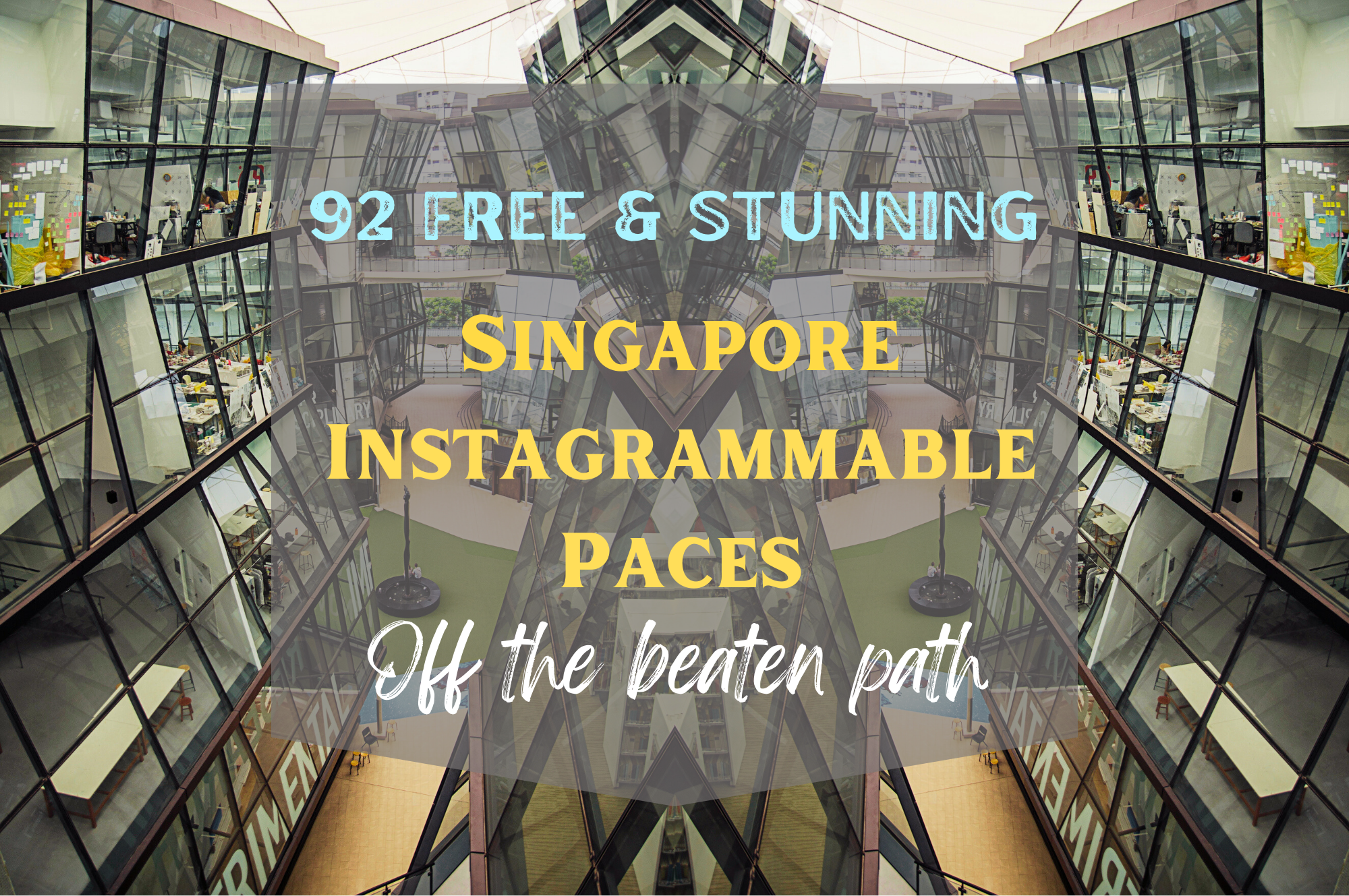
Dining at the Singapore Botanic Gardens
View this post on Instagram
Dining at the Botanic Gardens as divided by gate (please note that some of these are fine dining):
Bukit Timah Gate (North)
- Ice Cream Man and Friends
- Bee’s Knees at the Garage
- Botanico at the Garage
- Small Bites Bistro (Children’s Garden)
- Right outside Bukit Timah Gate: Adam Food Centre (open until 2 am) and a number of cafes on Bukit Timah Road.
Nassim Gate/Gallop Gate (East – main visitor centre)
- Sprouts Food Place (indoor food court)
- Roia
- Prive
- Outside Nassim Gate: Mr. Prata on Evans Road
Tyersall Gate (central-west)
- Halia Restaurant
- Halia Pantry/Halia Pantry Bakery
Tanglin Gate (South: close to Orchard Road, where dining options are endless)
- Fusion Spoon
Gallop Extension/Woollerton Gate (West)
- Panguim (closed Sunday-Tuesday, and only open for dinner on Wednesdays)
View this post on Instagram

How to Get There
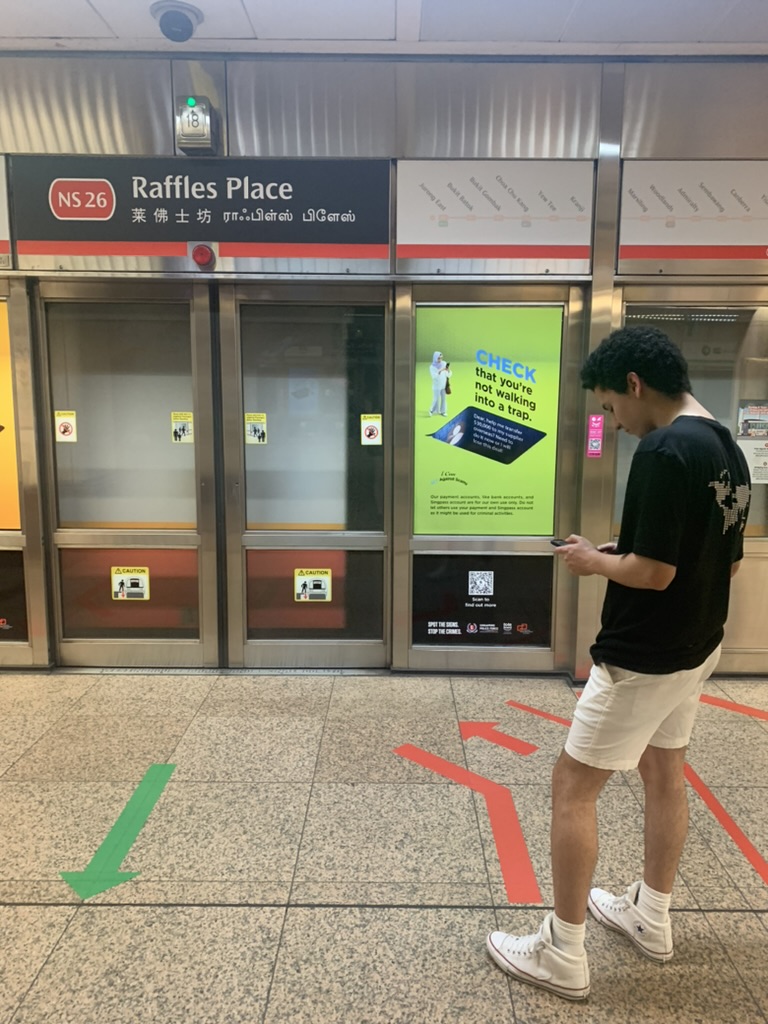
There are many ways to get to the Singapore Botanic Garden, and this will vary by gate. If you plan to take a rental car/personal vehicle, parking is available at several gates around the park, please use this map for ease of navigation.
This How-To Gate by Gate; the most convenient for public transport patrons is to access from the north via Bukit Timah or from the south via Tanglin Main Gate.
Bukit Timah Gate (North)
- MRT (CC19/DT9) Botanic Gardens Station
- Bus Lines 48, 67, 151, 153, 154, 156, 170, 186.
- By taxi, Grab, or private vehicle (drop off only, no parking).
Nassim Gate/Gallop Gate (East – main visitor centre)
- By taxi, Grab, or private vehicle only. Parking available.
Tyersall Gate (central-west)
- Nearest bus stop along Holland Road which runs lines 7, 75, 77, 105, 106, 123, 174.
- Otherwise, accessible only by taxi, Grab, or private vehicle. Parking available.
Tanglin Gate (South)
- Napier Bus Stop which runs lines 7, 75, 77, 105, 106, 123, 174.
- MRT (TE12) Napier Station.
- By taxi, Grab, or private vehicle. Parking available at Botany Centre.
Woollerton Gate (north end of Gallop Extension)
- Drop off my taxi or Grab on Woollerton Drive, then accessible by foot only.

Bonus: Nearby Attractions
View this post on Instagram
The Arwaa Mansion & Dalvey Hill is a nearby hidden gem off Dalvey Road that’s perfect for taking photos!
The famous Orchard Road is the famous shopping district in Singapore that features dozens of malls, hundreds of dining spots, and thousands of shops, from local to luxury.
The Singapore Museum of Ice Cream is a great way to escape the heat and eat as much ice cream as you want. It’s located south of the Singapore Botanic Gardens.
Bukit Brown & 新恒山亭大伯公庙 (hidden Taoist Temple): Bukit Brown is an off the beaten path, overgrown wilderness trail that features large trees similar to those seen in the Avatar movies. There is also a Taoist temple in this area, tucked away in the wilderness.
View this post on Instagram
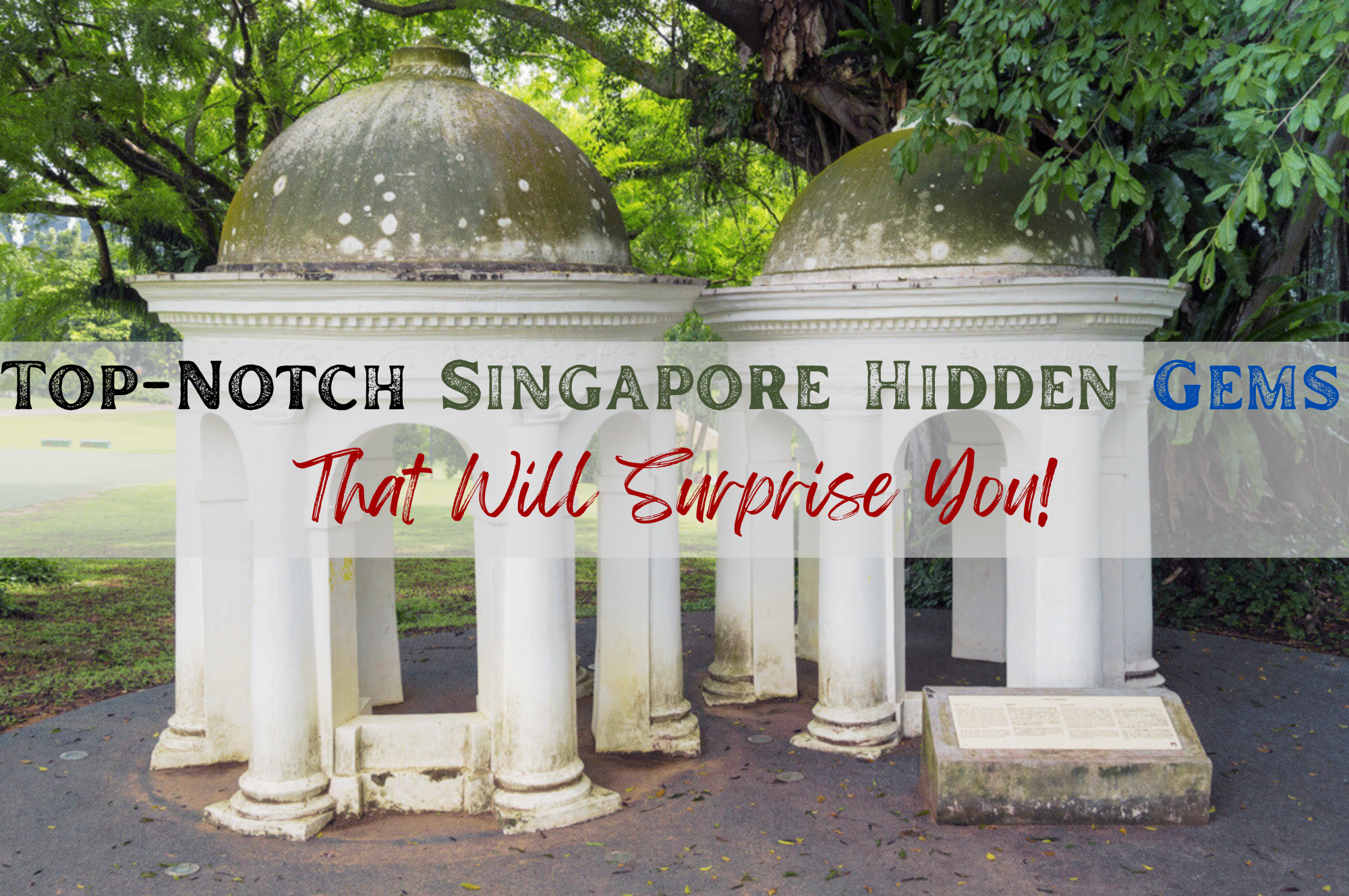
Conclusion & Final Thoughts
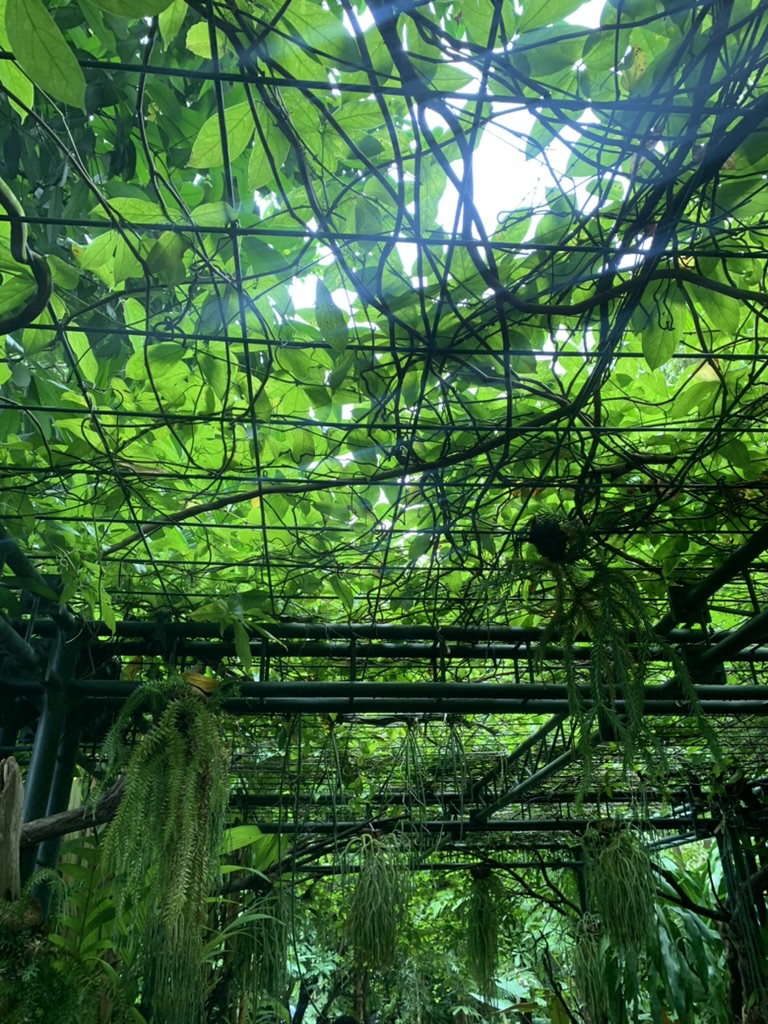
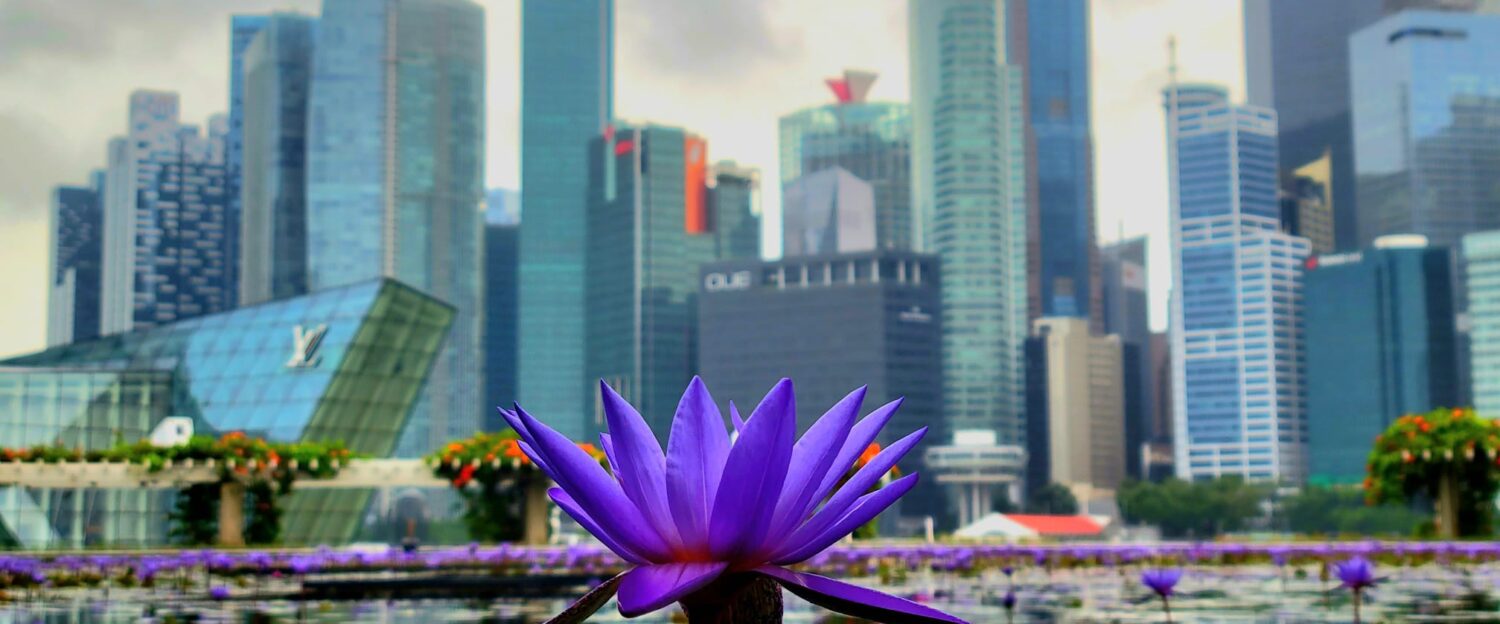
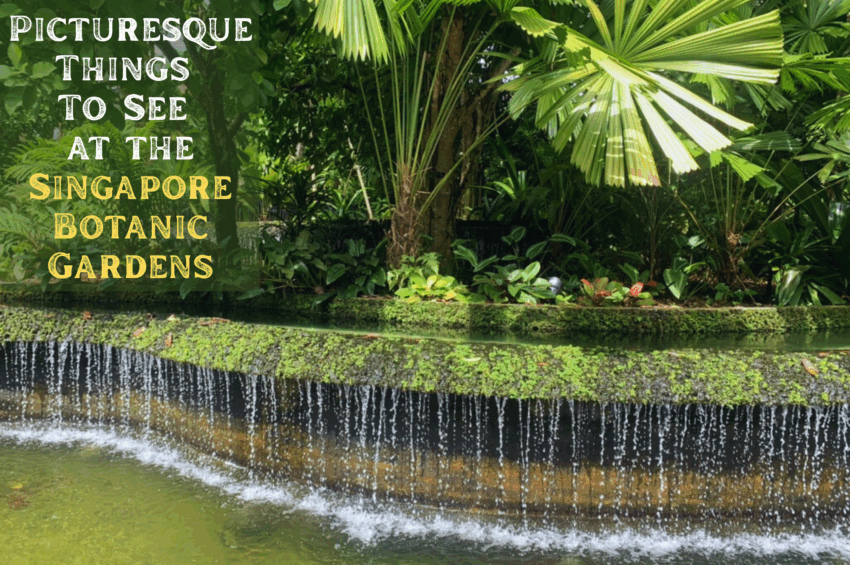

 Garden fan (@singaporebotanicgardens)
Garden fan (@singaporebotanicgardens)

 𝐋𝐢𝐧𝐚’𝐬 𝐙𝐨𝐨𝐭𝐨𝐩𝐢𝐚
𝐋𝐢𝐧𝐚’𝐬 𝐙𝐨𝐨𝐭𝐨𝐩𝐢𝐚 (@linahappyzoo)
(@linahappyzoo)